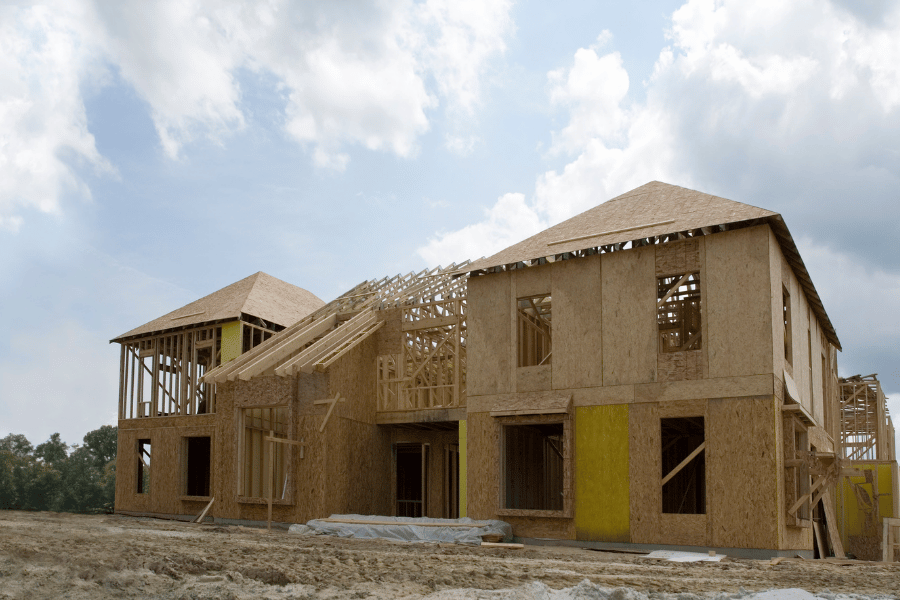Living in a Walkable Community Benefits
What are the advantages of living in a walkable community? Here are ten excellent benefits that walkable neighborhoods provide for residents.
Walkability is highly desirable for homebuyers, and these types of communities tend to lead to higher property values and increased demand. Walkable communities have many benefits that are great for our health, the economy, and the environment, making them an essential addition to society, especially in urban areas.
Adults who live in walkable communities are more likely to socialize, experience a greater sense of community, and live a happier and healthier lifestyle. Raleigh is home to multiple top-rated walkable communities, most of which are located in historic districts and encourage residents to explore and support local businesses.
Whether you currently live in a walkable community or are interested in moving to one, it is important to learn about the benefits they bring to society daily. While many neighborhoods in Raleigh still require the use of a car, having the option to walk to and from work or to complete simple errands can go a long way.
Learn about these top benefits that walkable communities provide
1. Promotes Active Living
One of the most significant benefits of living in a walkable community is promoting active living and an overall healthy lifestyle. In a study conducted by Monica Wang, an associate professor of community health sciences at Boston University, it was found that adults living in walkable communities were 1.5 times more likely to be physically active than adults not living in walkable communities.
Residents of walkable communities can walk to their desired destination instead of relying solely on a car or public transportation. In a nationwide sample of U.S. adults, the CDC determined that 55% of adults strongly agree that physical activity is essential, 40% strongly agree that living in a walkable community is important, and 31% strongly agree that both are important.
By encouraging walking and other outdoor activities, residents can move and get their steps in throughout the day without visiting a gym, producing long-term health benefits. Walkable communities were designed so that residents can safely walk for transportation, relaxation, and exercise. By promoting walking and other active behaviors, people living in walkable communities are linked to higher overall physical activity levels.

2. Reduces Obesity and Chronic Disease
Walkable communities not only promote an active lifestyle, but this increase in physical activity reduces obesity and chronic disease rates. The more people walk and stay physically active, the more likely they are to prevent developing obesity, heart disease, stroke, cancer, diabetes, and other chronic conditions.
According to the Obesity Society, people living in highly walkable neighborhoods are more likely to engage in physical activity and have a lower body mass index, an established indicator of obesity, than people living in low-walkability neighborhoods. It was also found that adults living in walkable neighborhoods are 0.76 times less likely to have obesity than those living in low-walkability neighborhoods.
Walking may seem simple, but it benefits the human body. It can improve cardiovascular and pulmonary fitness, strengthen bones and muscles, and improve balance. According to current guidelines, adults should walk 8,000 to 10,000 steps daily to stay healthy.
With the stress and demands of everyday life, it can take time to reach the necessary steps for numerous health benefits, especially for adults working demanding full-time jobs. Living in a walkable community can significantly improve your health by simply encouraging you to reach your daily step goal.
3. Encourages Social Interaction
Living in a walkable neighborhood leads to higher levels of social interaction between citizens and community members. Encouraging residents to walk to work, school, the store, or simply for fun makes them more likely to bump into neighbors and start a conversation.
Walking throughout the neighborhood is a great way to strengthen social ties with the added benefits of physical activity. Whether simply waving hello or asking how your neighbor is doing, people living in walkable communities are known to interact with their neighbors more and have a stronger sense of community than those in car-dependent neighborhoods.
Did you know that loneliness and isolation can lead to a 50% increased risk of developing dementia among older adults? Social interaction is an essential public health goal that can improve brain health and is just one of the many benefits of living in a walkable neighborhood.
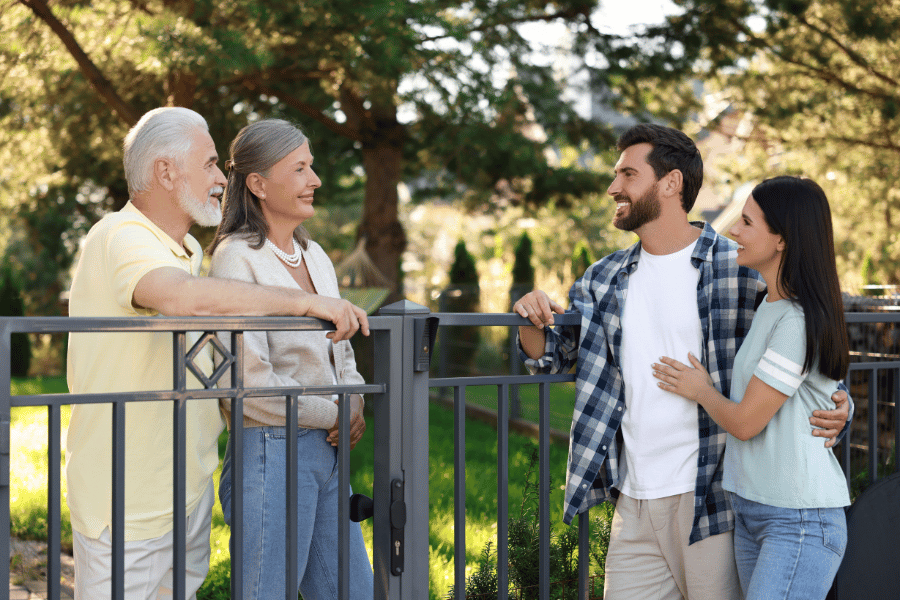
4. Improves Happiness and Mental Health
There are significant positive health benefits of walkable communities, one of which is its direct correlation to improving happiness levels and overall mental health. Mental health is very important at every stage of life, and it is a fundamental human right to think clearly, interact with others, and enjoy life to the fullest.
Unfortunately, in today's day and age, many people experience depression and overall unhappiness. According to the World Health Organization, it is estimated that 280 million people in the world have depression, and 50% of women are more likely to have depression than men. Depression is a common mental disorder that leads to a loss of pleasure and disinterest in activities for long periods.
Luckily, walking helps boost your mood and can significantly reduce depression symptoms. By increasing blood flow and oxygen to the brain, which triggers the release of endorphins and serotonin, walking, even if it is only for a few minutes, is a great way to improve your mental health and overall state of well-being.
5. Cost Savings
Walking is one of the most popular forms of exercise and a free form of transportation. Only requiring a good pair of supportive shoes, you do not need special skills or expensive equipment to reach your destination and your fitness goals.
Walkable communities provide residents with a low-cost way to run errands around town. Buying a car, purchasing gas, maintaining the vehicle, and paying for public transportation are not cheap, so having an affordable way to go about your day will lead to larger savings in the long run.
Since commuting is getting increasingly expensive, many people are searching specifically for walkable communities to easily live their day-to-day lives without needing a car or bus fare purchase.
It is estimated that families living in walkable communities can save between 9 and 16% of their income compared to living in a car-dependent neighborhood. The money saved from walking alone can help pay off debt or a mortgage.
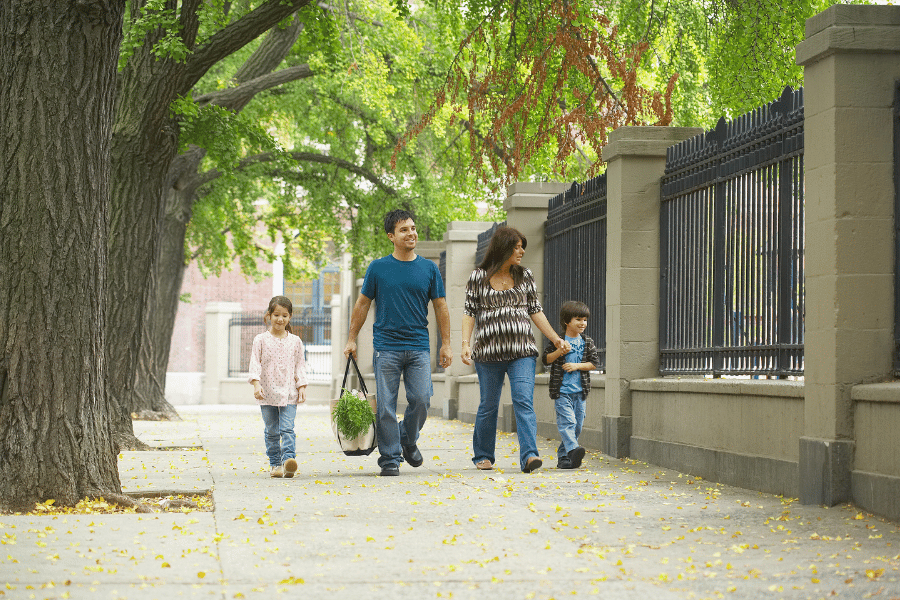
6. Helps the Environment
Deciding to walk instead of driving a car will not only help save money on gas and maintenance over time, but it will also have a positive environmental impact. Walkable communities reduce pollution from car emissions and reduce your carbon footprint.
Walking is a nonfuel-consuming and nonpolluting form of transportation that reduces motor vehicle noise, mostly in urban areas. As a go-to means of transportation, walking reduces traffic, improves air quality, and conserves resources.
Protecting natural habitats and encouraging healthy ecosystems is essential to leave the world a better place for future generations. Walkable communities are among the best and easiest ways to fight climate change and help the environment.
7. Convenience
Walkability is an essential factor that homebuyers consider when choosing a place to live. According to a survey conducted by the National Association of Realtors, 79% of people said that being within walking distance of shops and parks is important, 85% said having sidewalks and places to walk is important, and 78% said they are willing to pay more to live in a walkable community.
One of the main reasons so many people are searching for walkable communities is that they are convenient. Not only do they make it easy to access top-rated restaurants, shops, grocery stores, and other important amenities without relying on public transportation or parking, but walking is also simple and fast.
Walkability is desirable for all age groups and sought after in most cities. The convenience of walkable communities leads to higher demand and competitive housing prices.
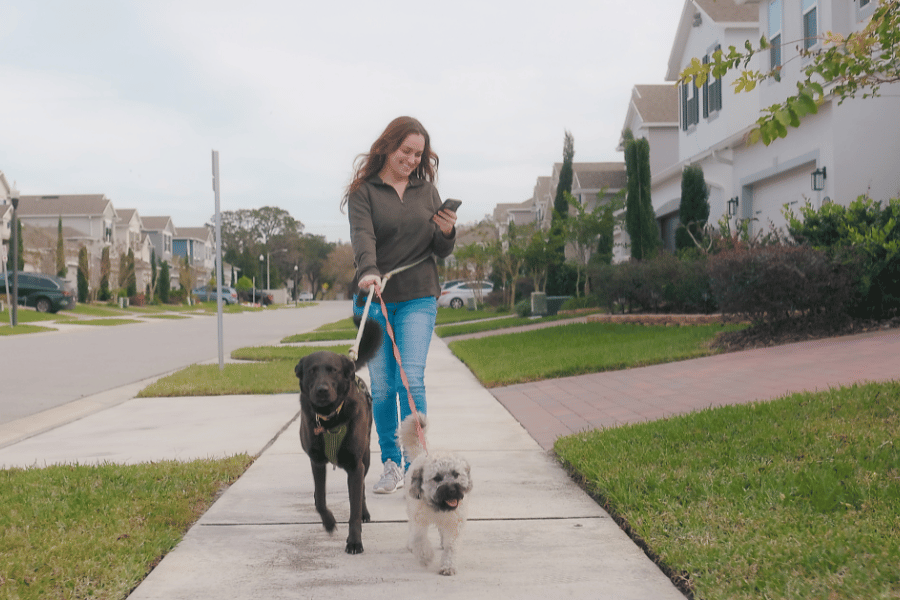
8. Can Reduce Crime
Since most walkable communities and areas are well-lit and highly trafficked, crime is less likely and often lower in these communities. With lower rates of automobile accidents, walkable neighborhoods are usually designed with pedestrians in mind, focusing on making streets cleaner and increasing police visibility.
Fear of crime in unsafe neighborhoods has been shown to affect walkability in urban areas. Still, new studies show that improving the walkability of a street or neighborhood can reduce the overall number of crimes and enhance the perception of safety.
Even though walkable communities can reduce crime, it is still important to pay attention to your surroundings, walk in groups, and avoid walking during the early morning or late at night.
9. Good For Business
Walkable communities can lead to positive outcomes and increased business activities for local stores and restaurants. The more walkable a neighborhood is with easily accessible businesses, the more people will shop and dine there.
Small businesses within walkable areas tend to attract more customers and experience better success. Walkable communities in urban areas often lead to an increase in small local shops, street markets, independent stores, and start-up businesses, further boosting the local economy.
10. Enhances Sense of Community
Walking has multiple positive health outcomes, and living in a neighborhood where residents can walk to local businesses and socialize with neighbors leads to residents feeling a stronger sense of community and appreciation of where they live.
A strong sense of community provides support and the feeling that you are not alone. Walking in places that promote positive social interactions allows residents to feel connected and like they belong.

FAQs
Do walkable cities increase the quality of life?
Living in a walkable city is known to improve quality of life since walking promotes physical, mental, and social health. Promoting a strong sense of community, walkable cities provide many positive outcomes and lead to happier citizens.
What are the downsides of walkable cities?
Walkable cities have many pros and cons, including higher housing costs and limited housing options due to increased demand in walkable areas, increased congestion on sidewalks and streets, safety concerns at night when pedestrians are walking, louder noise and crowds on the street, and disadvantages that may arise for people with mobility challenges.
What is the number one walkable city in the United States?
New York City is the most walkable city in America due to its many well-connected and walkable neighborhoods, especially in Manhattan. According to the Foot Traffic Ahead 2023 report, 73% of office space and 70% of multifamily rental inventory is located in walkable urban places in New York City.
Methodology
Data and information were sourced from Travel and Leisure, Boston University, Centers For Disease Control and Prevention, Obesity Society, Health Day, The World Health Organization, The Atlantic, and The National Association of Realtors to determine the top benefits of living in a walkable community.
Benefits of Living in a Walkable Community - Final Thoughts
Walkable communities continue to rise in popularity as more people value convenience and want to save money on transportation. While increased demand and housing prices in these neighborhoods are concerns, the many benefits of living in a walkable community outweigh the cons.
Raleigh is working towards creating a safer pedestrian environment, and its walkable neighborhoods with beautiful homes are among the best places to live in the city. The experts at Raleigh Realty are here to help if you want to learn more.
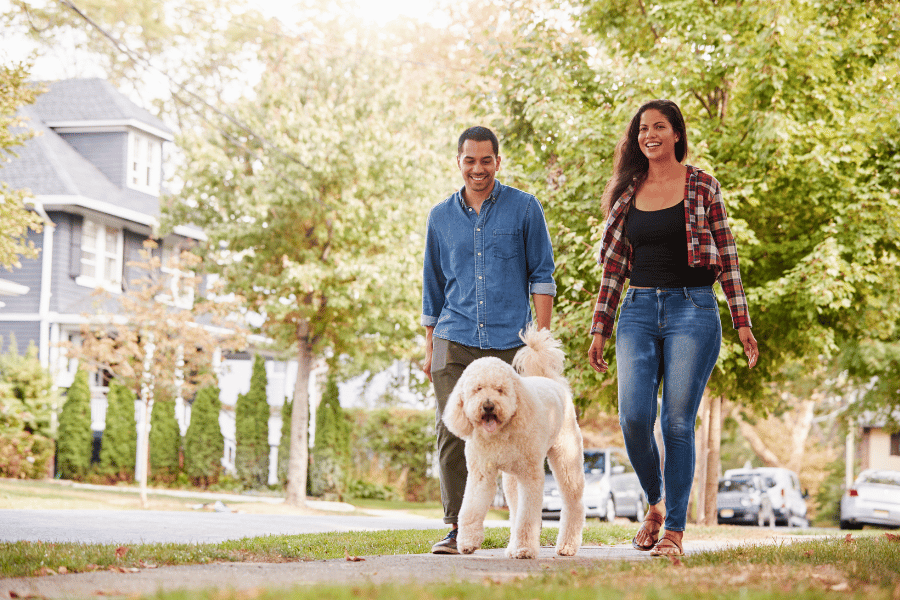
![17 Best Neighborhoods in Raleigh, NC [2025 Guide]](https://images.agentloft.com/rr-images/uploads/rr-migrated/blogs/August2024/E0Cjyqy5pGsC61lv5bGG.jpg)


